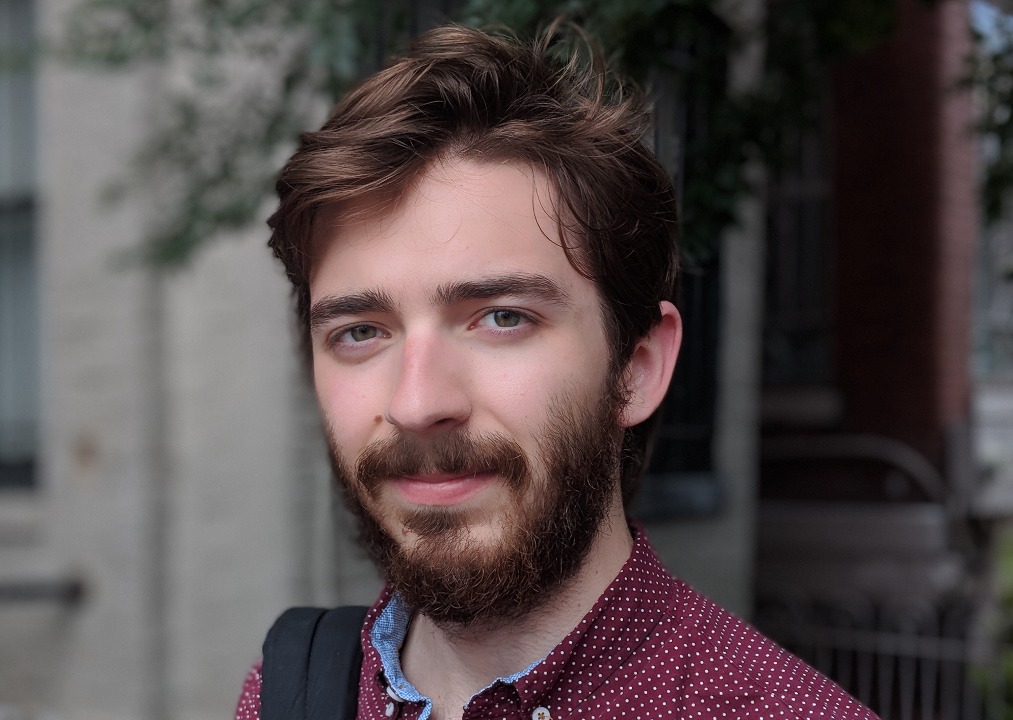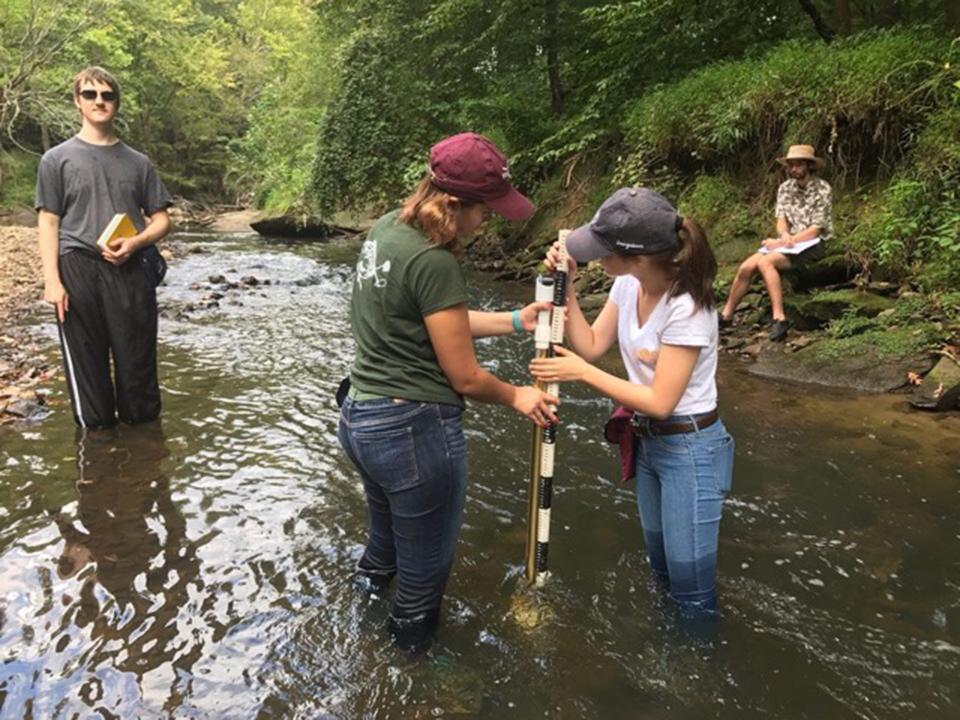By Kristen Mitchell
Sam Tiratto, a fourth-year Columbian College of Arts and Sciences student majoring in history, spent his summer researching the history of a multiracial working class movement in Chicago.
Mr. Tiratto was awarded the Luther Rice Undergraduate Research Fellowship to pursue this work, which has taken him to Chicago, Madison, Wis., and aided his researched in Washington, D.C. Erin Chapman, associate professor of history, is Mr. Tiratto’s faculty adviser on this research project.
Read more about what Mr. Tiratto is working on this year:
Q: What kind of research are you working on this summer?
A: I am conducting historical research on a social movement that came about in Chicago’s working class neighborhoods in the late 1960s. This movement was sometimes referred to as the Original Rainbow Coalition and consisted of members of the Black Panther Party, the Young Patriot Organization and the Young Lords Organization, among other groups. The Young Patriots represented working class whites in Chicago’s North Side that migrated there from Appalachia, and the Young Lords were made up of Puerto Rican and Latinx Chicagoans in the Lincoln Park neighborhood. These organizations aligned in political views and methods of organizing and hoped to make Chicago better for their communities and the working class in general.
Q: What is your primary research goal?
A: I seek to understand how the members of the Original Rainbow Coalition built power in their communities. I’ve been studying the clinics, free breakfast programs and free education programs set up by the Chicago Panthers, Patriots and Lords to see how these groups provided for their communities where the city and state did not.
Q: What got you interested in this line of work?
A: I was first made aware of the Original Rainbow Coalition in a phenomenal comprehensive history of the Black Panther Party called Black Against Empire by Joshua Bloom and Waldo Martin. I was fascinated to read about how, under the leadership of the iconic Fred Hampton, the Illinois Chapter of the Black Panther Party built a multiracial social movement at a time when race riots and division tore the country apart.
Q: What do you hope to have learned by the end of the summer?
A: I hope to have a better grasp on the mechanics of organizing employed by Fred Hampton and his contemporaries. The Panthers, as well as the Patriots and Lords, spent a considerable amount of time allying and organizing street gangs in Chicago and turning them into politically active and socially conscious organizations. This is no small feat, and I hope to learn about how this was done so effectively.
Q: What is one challenge you’ve faced so far and how have you tackled it?
A: The events of my research occurred 50 years ago, many eyewitnesses have long since passed away or now lead their own lives far away from Chicago. It has been difficult finding people who experienced these events to talk to. It was a harsh time in our history, despite the inherent beauty of that kind of organizing. Arrests were common, and the Chicago Police Department and the FBI kept up aggressive intimidation and surveillance tactics of so-called radical groups. In December 1969, Chicago Police officers killed 21-year-old Fred Hampton in his sleep during a raid on his apartment. It is understandable that some have drifted away from the movement. I have, however, conducted a couple interviews with former members. I am very grateful for their time and willingness to share their histories.
Q: What do you plan to do with all the information you have gathered once you return to GW?
A: Upon returning to GW, I will begin writing my thesis for my undergraduate degree in history.
Q: Did you receive any scholarships or funding that allowed you to complete this work?
A: The Luther Rice Undergraduate Research Fellowship has provided me with funding that allowed me to fly to Madison, Wis., and Chicago to conduct critical research at archives such as the Wisconsin Historical Society, DePaul University Special Collections, the Chicago Public Library’s Vivian G. Harsh Collection and the Chicago History Museum’s Red Squad Collection.
To learn more about available research opportunities contact the GW Center for Undergraduate Fellowships and Research.




